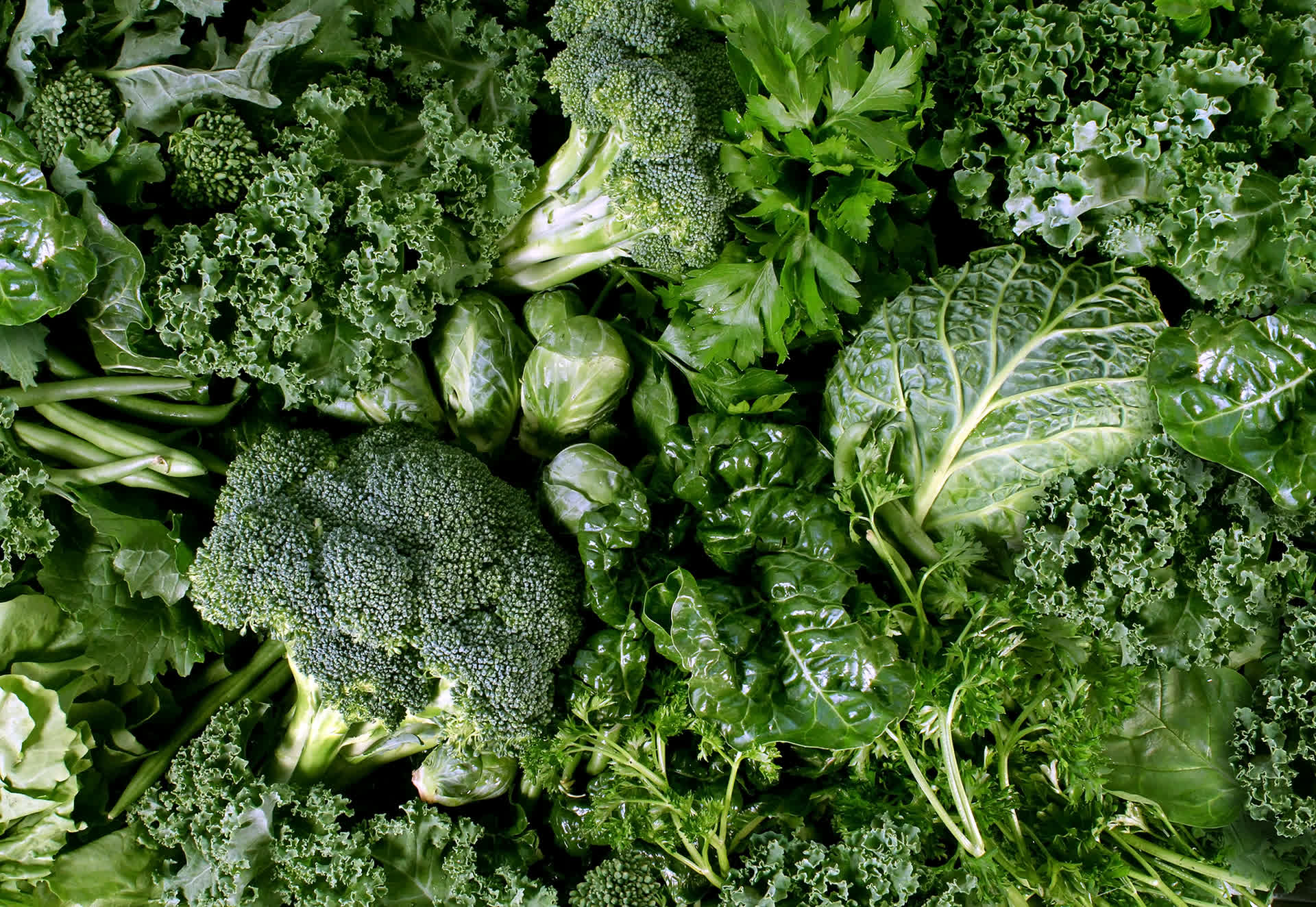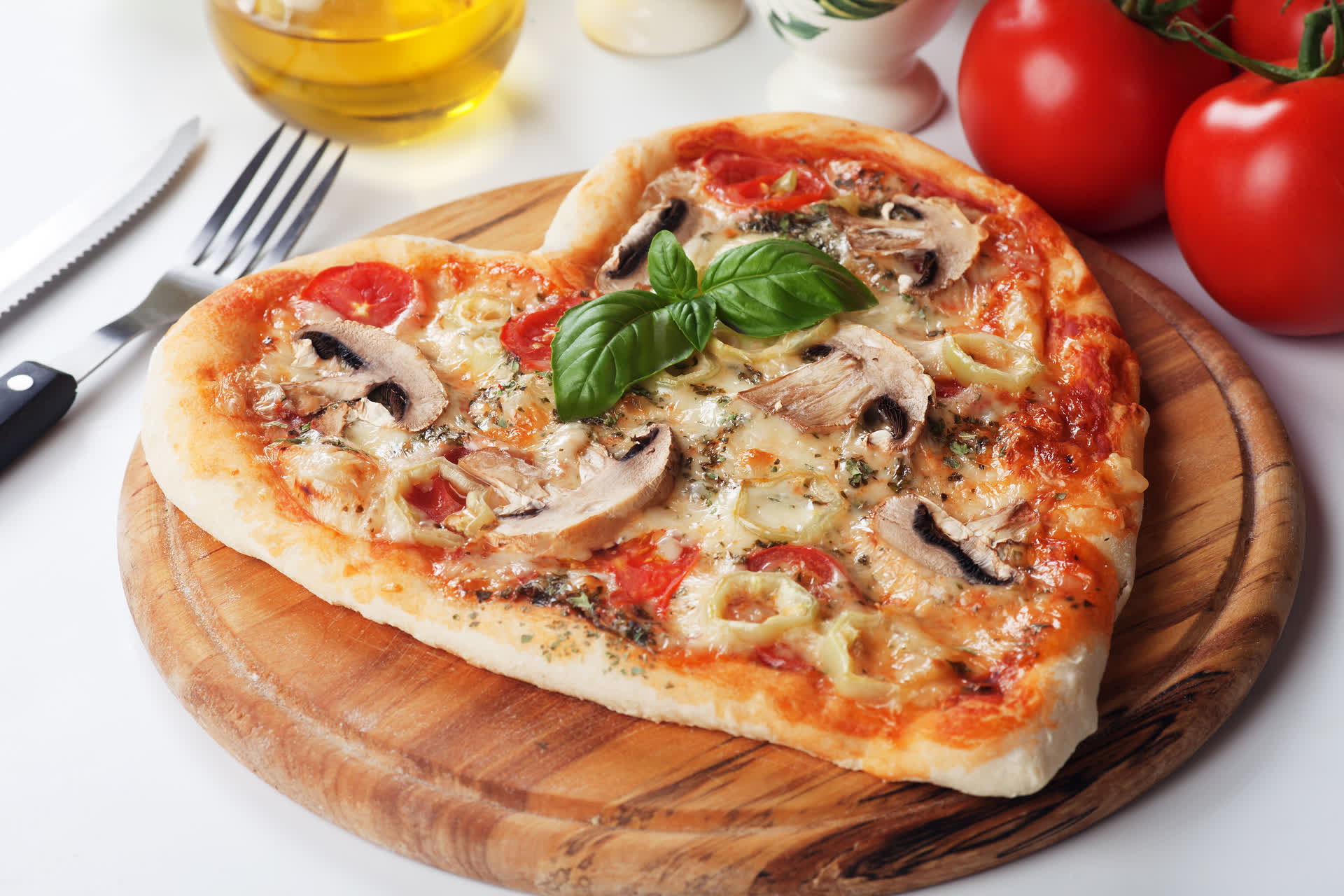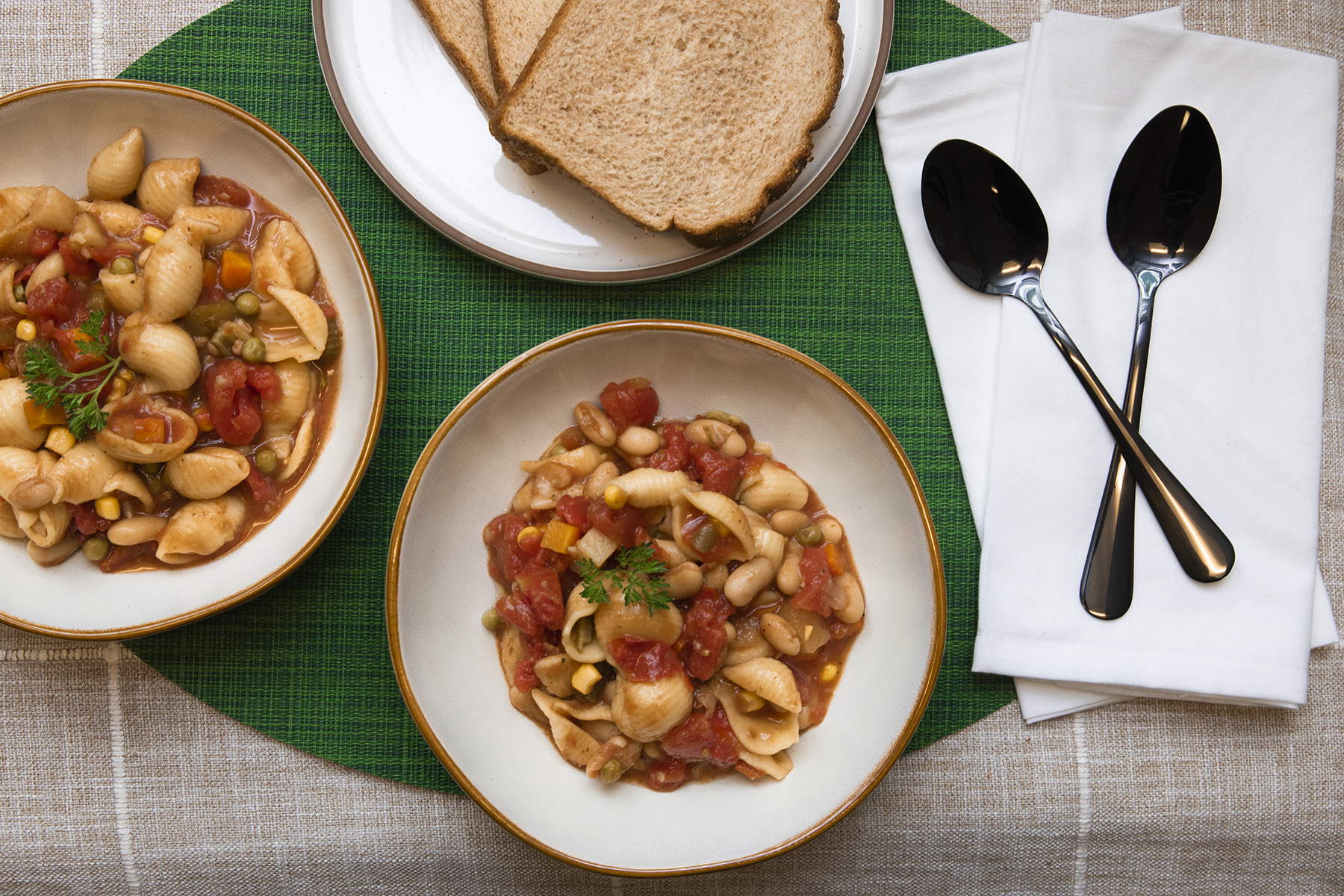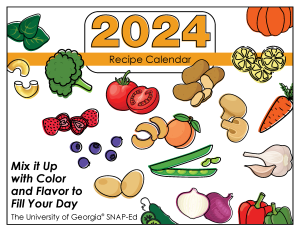“Leafy greens” is a broad term that includes a wide variety of vegetables that are green and packed with beneficial nutrients [1]. Arugula, kale, chard, collards, mustard greens, spinach, bok choy, dandelion greens, amaranth, endive, and watercress are all examples of leafy greens. The texture and taste of leafy greens vary and can depend on whether they are eaten raw or cooked [1].
Most are in season from March to June, making them a healthy addition to delicious spring and summer recipes!
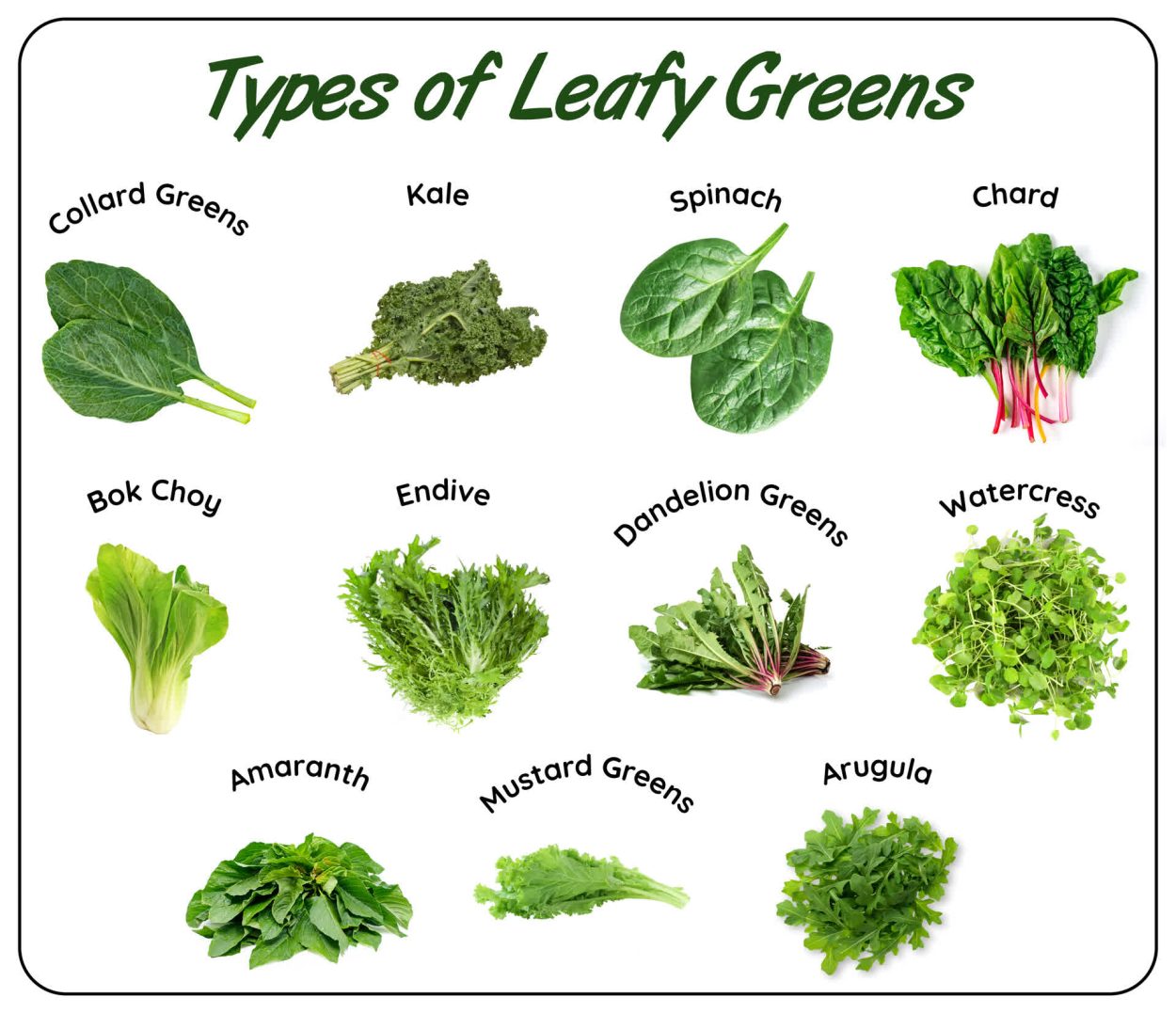
Why We Love Greens
- Leafy greens are packed with lots of great vitamins and minerals.
- They have vitamins A, C, E, and K, along with manganese, calcium, and phosphorus [1].
- Vitamin A helps your eyes, skin, and bones stay healthy and keeps your immune system running smoothly.
- Vitamins C and E act as antioxidants. Diets high in antioxidants are linked to a lower risk of heart disease, cancer, Alzheimer’s Disease, and several other diseases. [2]
- Vitamin K helps blood clot when you get a cut and builds strong bones [2].
- Spinach and dandelion greens are particularly good sources of iron, B vitamins, and copper [3].
- Iron and copper team up to make red blood cells, and endives have zinc and pantothenic acid, which help your hair grow strong and healthy [4].
Selection
When buying leafy greens at the grocery store, choose crisp and deeply colored greens for the freshest and more nutrient-dense produce [1]. Watch out for yellowing or withering, slimy leaves, or brown spots. Stalks of Bok Choy should be firm, and watercress stems should not be slippery [5].
Cleaning and Storing
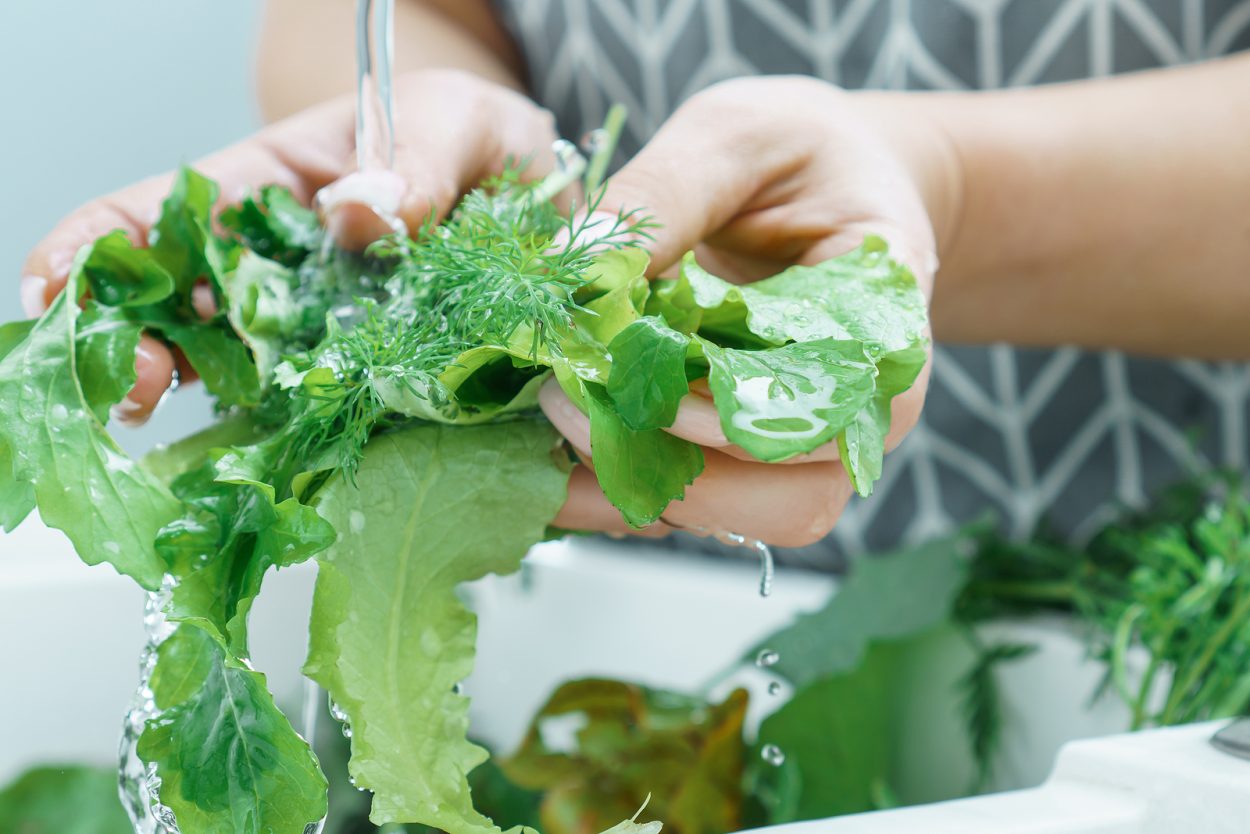
- When cleaning and storing greens, it is important to always wash them before storing them, as dirty produce can be covered in pathogens and bacteria [1].
- After washing leafy greens, dry them thoroughly with a clean cloth or paper towel to prevent them from growing mold or rotting when stored [6].
- After washing, place the greens in a bag or container in the fridge to prevent contamination. This way, they can stay fresh for 3-5 days [6].
Ways to Use and Cook Greens:
- Leafy greens can be eaten raw, making for a flavorsome base for any type of salad. Try our Spinach and Pecan Salad with a Lemon Vinaigrette for a delicious salad that can be enjoyed anytime.
- Leafy greens can be eaten steamed or sauteed as well. Keep in mind that some leafy greens, like spinach, cook faster than heartier leaves like kale.
- Have you tried baked kale chips? Just add some olive oil and black pepper to some kale leaves and preheat the oven to 300 degrees. Once the oven is ready, bake the kale leaves on a baking sheet for 20-30 minutes and enjoy!
- Leafy greens are versatile and can be enjoyed in various dishes such as soups or egg dishes at any mealtime. Try our Spinach Fritatta for breakfast or our Vegan Mac and Cheese with Collards for lunch or dinner!
Eating leafy greens is good for you because they are packed with lots of vitamins and minerals that keep our bodies strong and healthy. Because leafy greens come in so many different varieties and flavors, they can be added to all kinds of dishes. Next time you are at the grocery store, don’t forget to pick up some leafy greens to add a healthy boost to your meals. You could even try a different one each week and discover your favorite tastes and recipes!
Resources
[1] https://eatfresh.org/discover-foods/leafy-greens/
[4] https://www.mountsinai.org/health-library/supplement/copper
[5] https://fruitsandveggies.org/fruits-and-veggies/
[6] https://www.cdc.gov/foodsafety/communication/leafy-greens.html
Published on April 10th, 2024
Written by Adelia Nunnally, MS/DI Student | Edited by Jung Sun Lee, PhD, RDN; Tristen T. Webb; the nutrition education team
